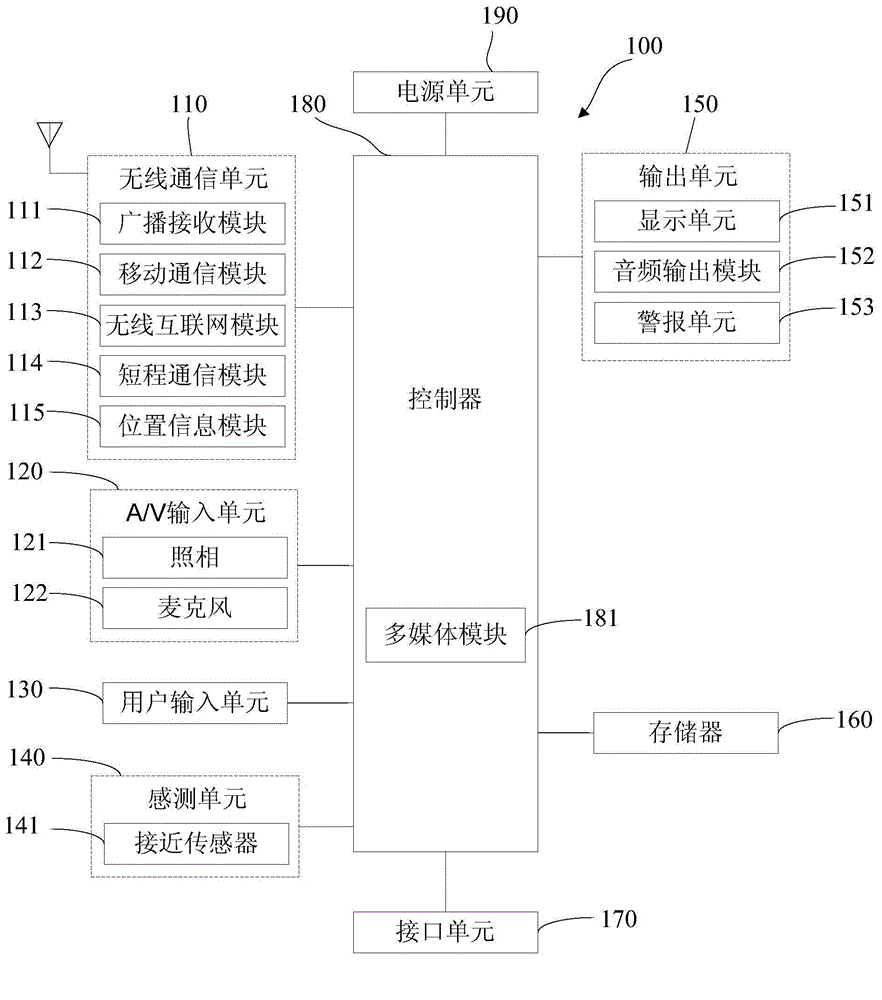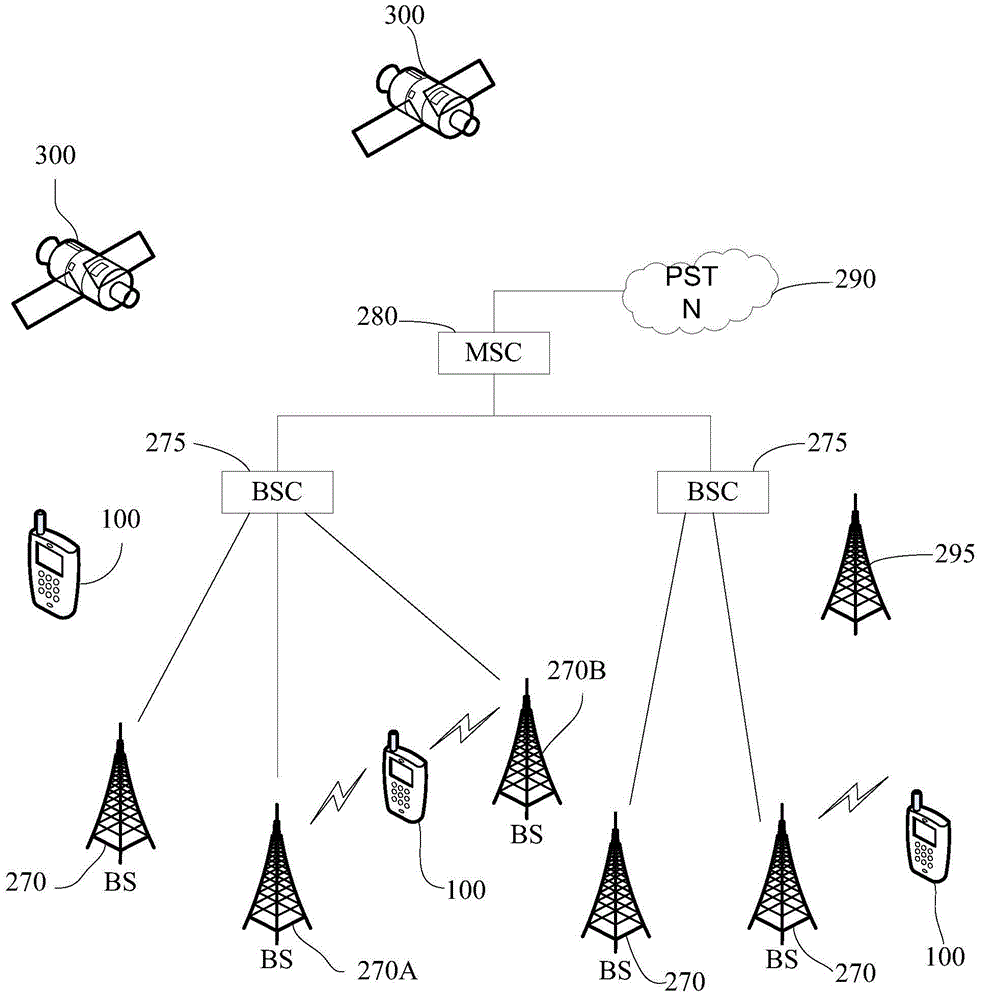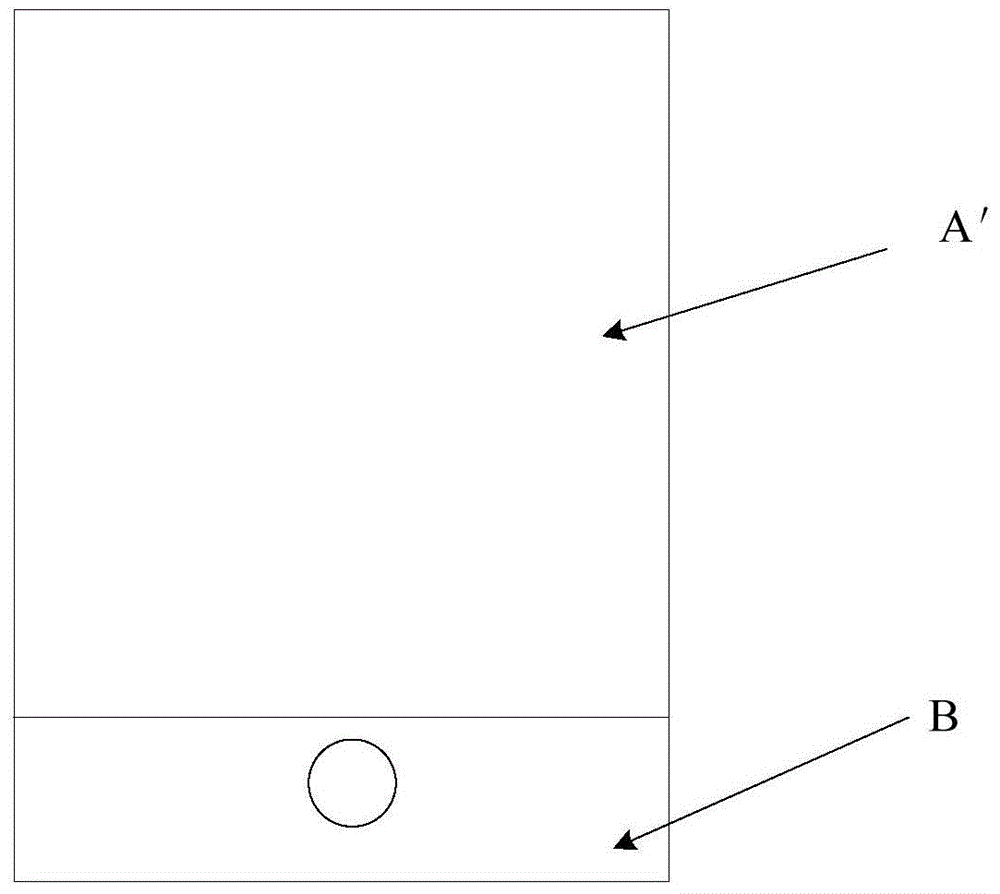Mobile terminal and volume adjusting method
A mobile terminal and volume adjustment technology, which is applied in the field of communication, can solve the problem of volume occupied by complex physical buttons, and achieve the effect of improving appearance, improving user experience, and simple, fast and effective operation
- Summary
- Abstract
- Description
- Claims
- Application Information
AI Technical Summary
Problems solved by technology
Method used
Image
Examples
Embodiment 1
[0092] like Figure 9 As shown, this embodiment proposes a volume adjustment method, which is applied to a narrow frame or borderless mobile terminal, including steps:
[0093] Step 901, install a pressure sensor in a certain area of area C.
[0094] The pressure sensor can sense the pressure f, and its output voltage u and the pressure f have a linear relationship within a certain range, that is, u=k*f+a, where k and a are both linear parameters.
[0095] In this step, the installation position of the pressure sensor is not fixed, as long as it conforms to the usage habits of the user.
[0096] Step 902, preset a table of correspondence between volume and pressure.
[0097] Specifically, the volume can be divided into n levels from small to large, that is, R={r 1 ,r 2 ,...,r n}, where ri represents the ith volume level. Correspondingly, since different pressing pressures f correspond to different output voltages u, an appropriate range can be selected and divided on t...
Embodiment 2
[0104] In Embodiment 1, only one pressure sensor is used, but in this embodiment, two pressure sensors (referred to as pressure sensor A and pressure sensor B for convenience of description) are installed for increasing volume and decreasing volume respectively. Low volume.
[0105] Pressure sensor A is used to increase the volume, and pressure sensor B is used to decrease the volume. The pressure sensor A and pressure sensor B can be installed at the upper and lower positions of the C area on the same side, or they can be installed in the C areas on the left and right sides respectively. The specific location is not limited.
[0106] In the step of setting the correspondence table between volume and pressing force, pressure sensor A and pressure sensor B are respectively set. Since in this embodiment, pressing pressure sensor A and pressing pressure sensor B are a pair of inverse processes, therefore for pressure sensor A, it can be set to be located in the interval (f i, f ...
Embodiment 3
[0109] see Figure 10 , the volume adjustment method of the present embodiment comprises steps:
[0110] Step 1001, install a pressure sensor in a certain area of area C.
[0111] Step 1002, preset a table of correspondence between volume and pressing duration.
[0112] Specifically, the volume can be divided into n levels from small to large, that is, R={r 1 ,r 2 ,...,r n}, where ri represents the ith volume level. Correspondingly, the pressing duration T is greater than the threshold t 0 On the value range, it is also divided into n levels, that is, t={t 0 ,t 1 , t 2 ,...,t n}. For the convenience of operation, it can be set in the interval (t i, t i+1 ) for a compression duration T corresponding to r i+1 , that is, the longer the pressing duration is, the higher the volume will be, and the shorter the pressing duration will be, the lower the volume will be.
[0113] Step 1003 , real-time sensing whether an effective pressing operation occurs, and if yes, exe...
PUM
 Login to View More
Login to View More Abstract
Description
Claims
Application Information
 Login to View More
Login to View More - R&D Engineer
- R&D Manager
- IP Professional
- Industry Leading Data Capabilities
- Powerful AI technology
- Patent DNA Extraction
Browse by: Latest US Patents, China's latest patents, Technical Efficacy Thesaurus, Application Domain, Technology Topic, Popular Technical Reports.
© 2024 PatSnap. All rights reserved.Legal|Privacy policy|Modern Slavery Act Transparency Statement|Sitemap|About US| Contact US: help@patsnap.com










